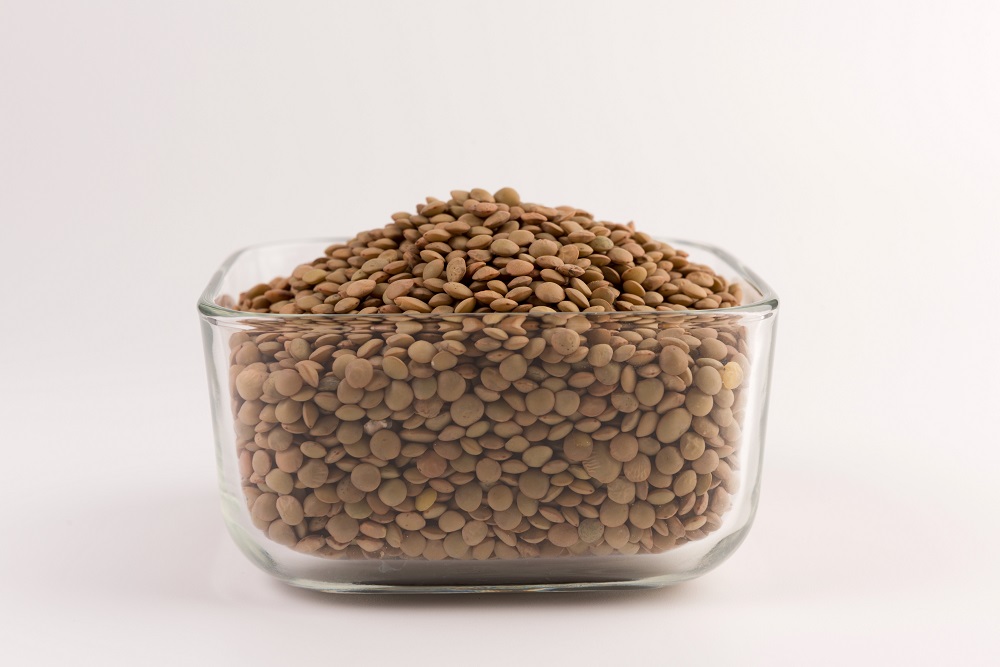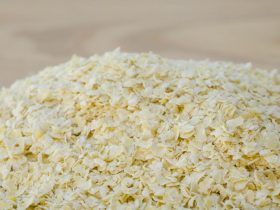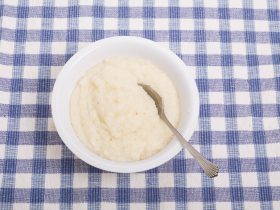The term lentil refers to a variety of differently colored seeds that are actually simple variations of the same botanical species. Popular throughout most of the world, lentils are most utilized in Indian cuisine, wherein it acts as a staple much like bread or rice.
Lentils are cooked in a plethora of ways, from mashing and stewing to forming the base of several types of Indian curries. However, they are most often purchased in their dried and washed form, and as such are usually packaged in larger amounts than a single meal serving.
Despite their high protein content and excellent nutritional profile, lentils can actually last a very long time in ordinary circumstances, so long as they remain dry and packaged. Left as they are upon purchasing, lentils have a rough shelf-life of two to three years. This, of course, no longer applies should they come into contact with moisture or if they have already been cooked.
How Long do Lentils Last at Room Temperature?
In an informational bulletin posted by the U.S. Department of Agriculture, bacteria and fungi were found to grow and propagate the fastest between the temperatures of 40 °F and 140 °F. Dubbed the “danger zone” by the same author, the importance of storing your food or consuming it immediately while it is kept in an environment of these temperatures is paramount2.
Bacteria and fungi are known to release compounds known to be toxic or otherwise harmful to the human body as they consume food and reproduce. It is the byproducts of their life-cycle that cause food such as lentils to spoil quickly and at accelerating speeds.

However, as previously mentioned, if the lentils have yet to be cooked and still remain in their dry and packaged form, it is unlikely that these temperatures will cause bacterial or fungal colonies to develop considering the fact that dry lentils present a largely hostile environment to microbial life.
If cooked, though, the lentils will only last for up to two hours before their safety must be called into question.
Can You Keep Dried Lentils in the Fridge?
Considering the fact that dry lentils are extremely resistant to spoilage in the right conditions, there is no need to place them in the refrigerator.
In fact, the differing temperatures may cause condensation of moisture within the lentil’s packaging and initiate premature spoilage, and as such it is best to simply leave dry lentils in the pantry instead of refrigerating them.
How Long Do Cooked Lentils Last in the Fridge?
It is an entirely different story for lentils that have already been cooked, however. Since cooked lentils must be consumed or stored within two hours after being removed from the stove to prevent spoilage, it is best to keep the seeds in the refrigerator should you not consume the entire batch.
In order to do so, first allow the lentils to cool off on the counter-top prior to refrigerating. This is to prevent condensation both in the refrigerator and in the lentil’s container itself.
Once cooled, drain as much moisture from the cooked lentils as possible by shaking them through a strainer or spreading them over a parchment-lined baking tray. Doing this will also allow them to cool more quickly, releasing steam that may otherwise accelerate their spoilage.
Now cooled off and dry, simply place the lentils in an air-tight container and store in the driest part of your refrigerator, far from any sources of cold moving air such as fans or vents.
On average, freshly cooked lentils that have been refrigerated can last for as long a time as six days, though this may shorten depending on the storage conditions.
How Long Do Cooked Lentils Last in the Freezer?
In the event that you have either cooked far too large a batch to easily store in the refrigerator or otherwise believe you will require cooked lentils immediately available over the course of a long period, freezing your cooked lentils is an excellent choice.
Unlike many other vegetables that are boiled or steamed, lentils keep their shape and texture surprisingly well when placed under the stress of freezing temperatures. However, this is not applicable to all types of lentils, with red and yellow lentils becoming mushier than normal when frozen.
Otherwise, green or brown lentils should suffer little to no change in quality after freezing, so long as certain factors are accounted for.
In order to begin freezing your lentils, first allow them to cool completely, as any excess moisture or steam will cause ice crystals to form, fusing the lentils together and making them difficult to thaw.
Now sufficiently cooled off, place the lentils in an air-tight container or freezer safe bag slightly larger than the total volume of lentils you are storing, as they will expand slightly during freezing.
Move the container of lentils to the darkest and deepest part of your freezer, far from any vents or fans that may emit quickly moving air, which will cause the lentils to become freezer burnt.
How Long do Dried Lentils Last?
As mentioned previously in this article, dry lentils are inhospitable to the majority of bacteria and fungi, and as such last a significant amount of time in most conditions. This is not to say, however, that dry lentils do not degrade in quality over time.
Lentils in their uncooked form will begin to discolor or develop a powdery texture when exposed to direct sunlight for long periods of time. In the presence of moisture and high heat, the lentils may sprout, become mushy, or even develop certain strains of particularly hardy fungal growths.
However, should you account for all these by storing the lentils in an air-tight container far from any sources of light, heat or moisture, the lentils will last for as long as three years.
This is the absolute maximum amount of time they may remain safe and shelf-stable though, and it is likely their quality will degrade somewhat before ever reaching this point in time.
Signs of Spoilage in Lentils
Because of how unlikely it is that dry lentils would show any significant signs of spoilage apart from a hardening of their texture, this section will instead focus on the signs of spoilage in cooked lentils.
If your cooked lentils have been stored longer than the estimated length of time that they can stay edible, it is best to inspect them to see whether they have truly expired or not. Do not attempt to taste them while doing this, as it is both unsanitary and could make you sick.
Due to the high protein content of cooked lentils, they will develop a sulfuric or otherwise offensive smell when colonized by bacteria. Should you notice an off odor emanating from the container of cooked lentils, it is best to dispose of the entire batch, as it is not worth the risk of food poisoning.
However, minor discoloration or splitting of the seeds are mostly normal, especially if the cooked lentils have been frozen immediately after being removed from the stove. This is not usually a sign of spoilage, and the lentils may still be safe to eat, though we advise you to first inspect them before consuming.
Are Lentils That Have Sprouted During Storage Still Edible?
In the event that your lentils have begun to sprout in storage, it is likely due to improper insulation against moisture. Since lentils are seeds, in the presence of sufficient stimulation, they will germinate as is programmed by their genetic code.
Though this may be disconcerting, lentils that have sprouted are completely edible, and, in fact, somewhat more nutritious than non-sprouted lentils. This is due to the process of germination causing the lentils to develop more bioavailable nutritional compounds.
However, keep in mind that sprouting lentils is still a sign of improper storage, and as such one must proceed with caution if choosing to eat them.
References
1. Shyam S. Yadav, David McNeil, Philip C. Stevenson (Editors) (2007). Lentil: An Ancient Crop for Modern Times. Berlin: Springer Science & Business Media
2. Unknown Author. (June 2017) ‘”Danger Zone” (40 °F – 140 °F)’ U.S. Department of Agriculture Food Safety and Inspection Service https://www.fsis.usda.gov/food-safety/safe-food-handling-and-preparation/food-safety-basics/danger-zone-40f-140f





Hi, I'm Dom
Dom Eats was started to help other people fall in love with food. While cooking can feel intimidating, it doesn't have to be.